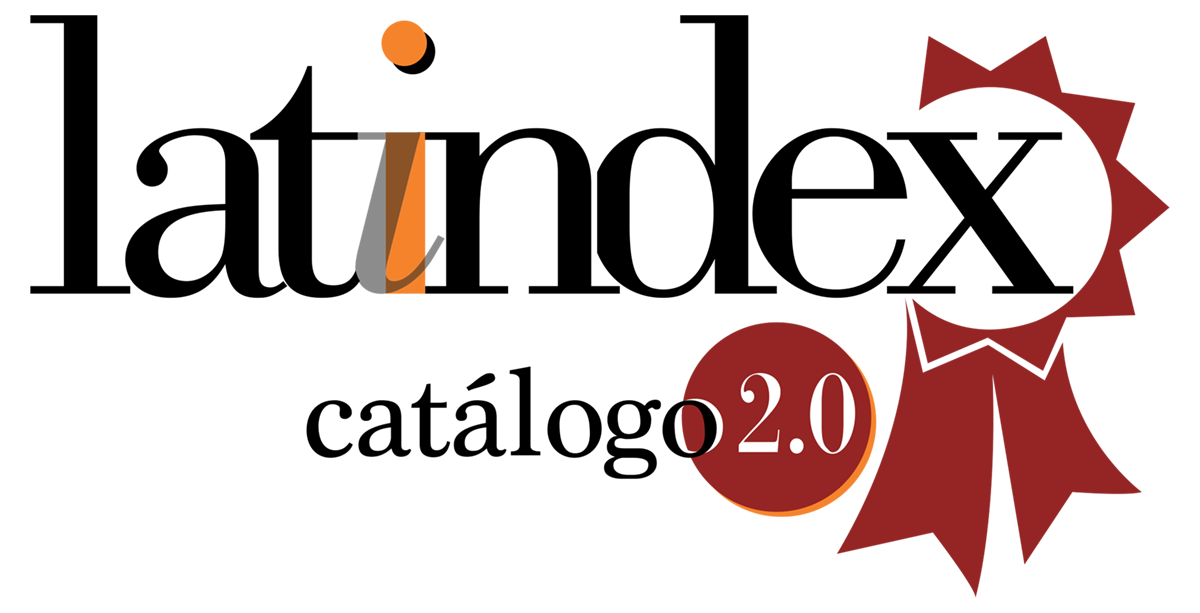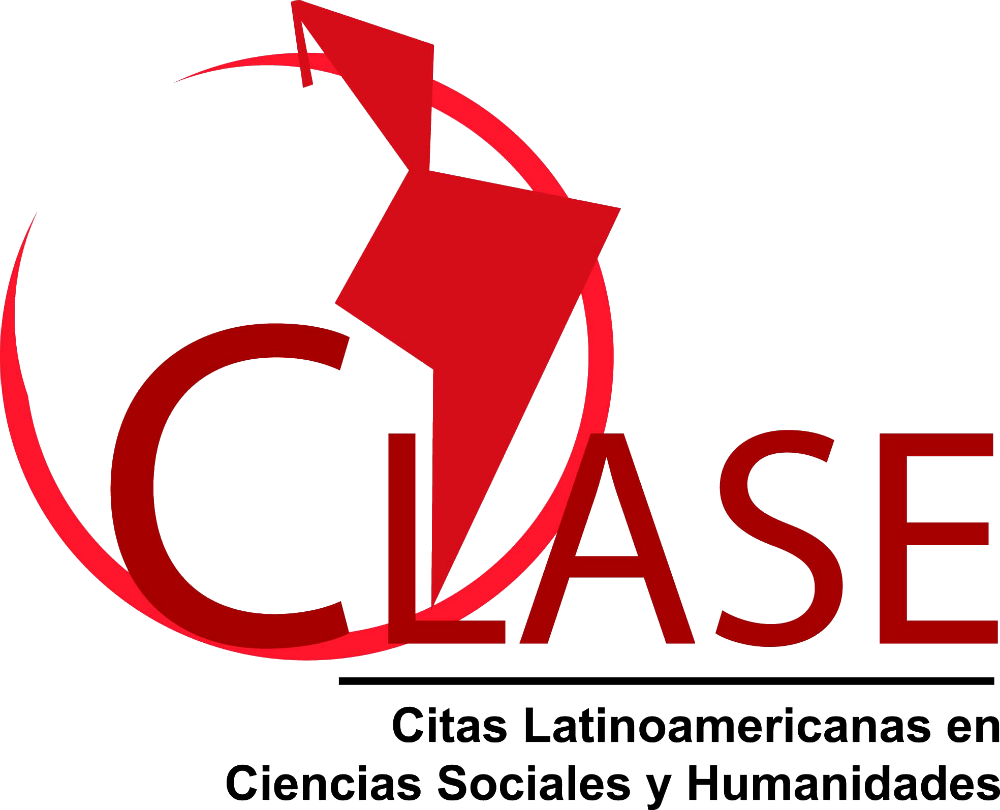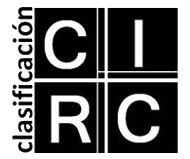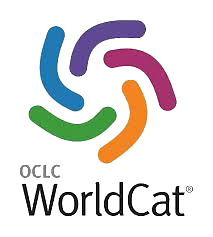Discourses in tension on the popular neighborhoods in Tucumán
Hegemonic media vs. popular media in the interpretation and construction of reality
DOI:
https://doi.org/10.24215/16696581e750Keywords:
media discursivities, alternative communication, press, stigmatizationAbstract
The subject configures his subjectivity from the relationships he establishes with others and with his context in the development of everyday life. Through the different institutions, from which emerge the socially shared forms of thought that interpret the experience of reality. In this everyday world, the production and reproduction of the dominant ideology by the sectors of power is evident. Naturalized and reinforced by the hegemonic media, which exclude the popular sectors from the process of discursive production. Faced with this panorama, it is necessary to decode this order from another point of view, based on the voice of the vulnerable sectors. Only in the daily life of popular neighborhoods is it possible to verify the distance that exists between the discourses that are produced outside these territories, and what their inhabitants think, feel and do. This article investigates and contrasts the discursivities produced by hegemonic and alternative digital media, and popular communication experiences in informal settlements of Gran San Miguel de Tucumán. Concluding how hegemonic media constructions collaborate in sustaining the conditions of inequality, while the alternative and popular ones contribute to dismantle the stigmatizing media siege.
Downloads
References
BOLDRINI, P. (2018). Informalidad en el Gran San Miguel de Tucumán. En C. Cravino, La ciudad (re) negada: aproximaciones al estudio de asentamientos populares en nueve ciudades argentinas. Universidad Nacional de General Sarmiento.
BOLDRINI PERALTA, P., DEL CASTILLO, A., & MALIZIA, M. (2014). Condiciones de vida y fragmentación socio-espacial en el Aglomerado Gran San Miguel de Tucumán (noroeste argentino). Estudios Socioterritoriales, 15, 15-43.
CRAVINO, M. C., (Org.) (2008). Los mil barrios (in) formales. Aportes para la construcción de un observatorio del hábitat popular del Área Metropolitana de Buenos Aires. Los Polvorines: Universidad Nacional de General Sarmiento.
NATERA RIVAS, J. J. (1998). Urbanización de la pobreza: procesos migratorios y formación de periferias de invasión en una ciudad intermedia argentina. Universidad de Málaga.
MALIZIA, M., BOLDRINI, P. & PAOLASSO, P. (2018). Hacia otra ciudad posible: transformaciones urbanas recientes en el aglomerado Gran San Miguel de Tucumán. Editorial Café de las Ciudades.
PUCCI, R. (2014). Historia de la destrucción de una provincia. Tucumán 1966. Imago Mundi.
BOLSI, A. & PAOLASSO, P. (Comps.) (2009). Geografía de la pobreza en el norte grande argentino. IIGHI/PNUD/ISES.
DEL CASTILLO, A. (2012). Pobreza y ‘cartoneo’ en un barrio periférico del Gran San Miguel de Tucumán. CUADERNOS FHyCS-UNJu, (41), 249-271.
GRIMSON, A. (2011). Los límites de la cultura. Críticas de las teorías de la identidad. Siglo Veintiuno Editores.
QUIROGA, A. (2001). Enfoques y perspectivas en psicología social; desarrollos a partir del pensamiento de Enrique Pichón-Rivière. Ediciones Cinco.
BOLDRINI, P., MALIZIA, M., & HERNANDEZ, M. P. (2018). Estrategias de mejora colectiva y participativa del hábitat popular en el Gran San Miguel de Tucumán. Seminario Latinoamericano, Teoría y Política en Asentamientos Populares. Quilmes.
MARAFIOTI, R. (2010). Sentidos de la comunicación. Teorías y perspectivas sobre cultura y comunicación. Editorial Biblos.
GRAMSCI, A. (1981). Cuadernos de la cárcel. Ediciones Era.
DE MORAES, D. (2011). La cruzada de los medios en América Latina: gobiernos progresistas y políticas de comunicación. Ediciones Paidós.
SAINTOUT, F. (2013). Los Medios y la disputa por la construcción de Sentido. Revista Praxis en las encrucijadas de la civilización, (1). http://goo.gl/t0bTXv.
PERUZZO, C. M. K. (2015). Comunicación popular, comunitaria y ciudadana: ejes de investigación y fundamentos teóricos. En Bolaño, C., Crovi Druetta, D. y Cimadevilla G. (Coord.), La contribución de América Latina al campo de la comunicación. Historia, enfoques teóricos, epistemológicos y tendencias de la investigación (pp. 419-446). Prometeo Libros.
OTTAVIANO, C. (2020). Derecho humano a la comunicación. Desconcentración, diversidad e inclusión. Editorial Punto de Encuentro; UNDAV Ediciones.
ARUGUETE, N. (2011). Framing. La perspectiva de las noticias. La Trama de la Comunicación, 15, 67-80.
REQUEJO, M. (2004). Lingüística social y autoría de la palabra y el pensamiento: temas de debate en psicología social y educación. Ediciones Cinco.
VINELLI, N. & RODRÍGUEZ ESPERÓN, C. (2004). Contrainformación: medios alternativos para la acción política. Peña Lillo-Continente.
Downloads
Published
How to Cite
Issue
Section
License
La aceptación de un original por parte de la revista implica la cesión no exclusiva de los derechos patrimoniales de los/as autores/as en favor del editor, quien permite la reutilización, luego de su edición (postprint), bajo una Licencia Creative Commons Atribución-NoComercial-CompartirIgual 4.0 Internacional (CC BY-NC-SA 4.0)
Acorde a estos términos, el material se puede compartir (copiar y redistribuir en cualquier medio o formato) y adaptar (remezclar, transformar y crear a partir del material otra obra), siempre que a) se cite la autoría y la fuente original de su publicación (revista y URL de la obra), b) no se use para fines comerciales y c) se mantengan los mismos términos de la licencia.
La cesión de derechos no exclusivos implica que luego de su edición (postprint) en Question las/os autoras/es pueden publicar su trabajo en cualquier idioma, medio y formato; en tales casos, se solicita que se consigne que el material fue publicado originalmente en esta revista.
Tal cesión supone, también, la autorización de los/as autores/as para que el trabajo sea cosechado por SEDICI, el repositorio institucional de la Universidad Nacional de La Plata, y sea difundido en las bases de datos que el equipo editorial considere adecuadas para incrementar la visibilidad de la publicación y de sus autores/as.
Asimismo, la revista incentiva a las/os autoras/es para que luego de su publicación en Question depositen sus producciones en otros repositorios institucionales y temáticos, bajo el principio de que ofrecer a la sociedad la producción científica y académica sin restricciones contribuye a un mayor intercambio del conocimiento global.















































